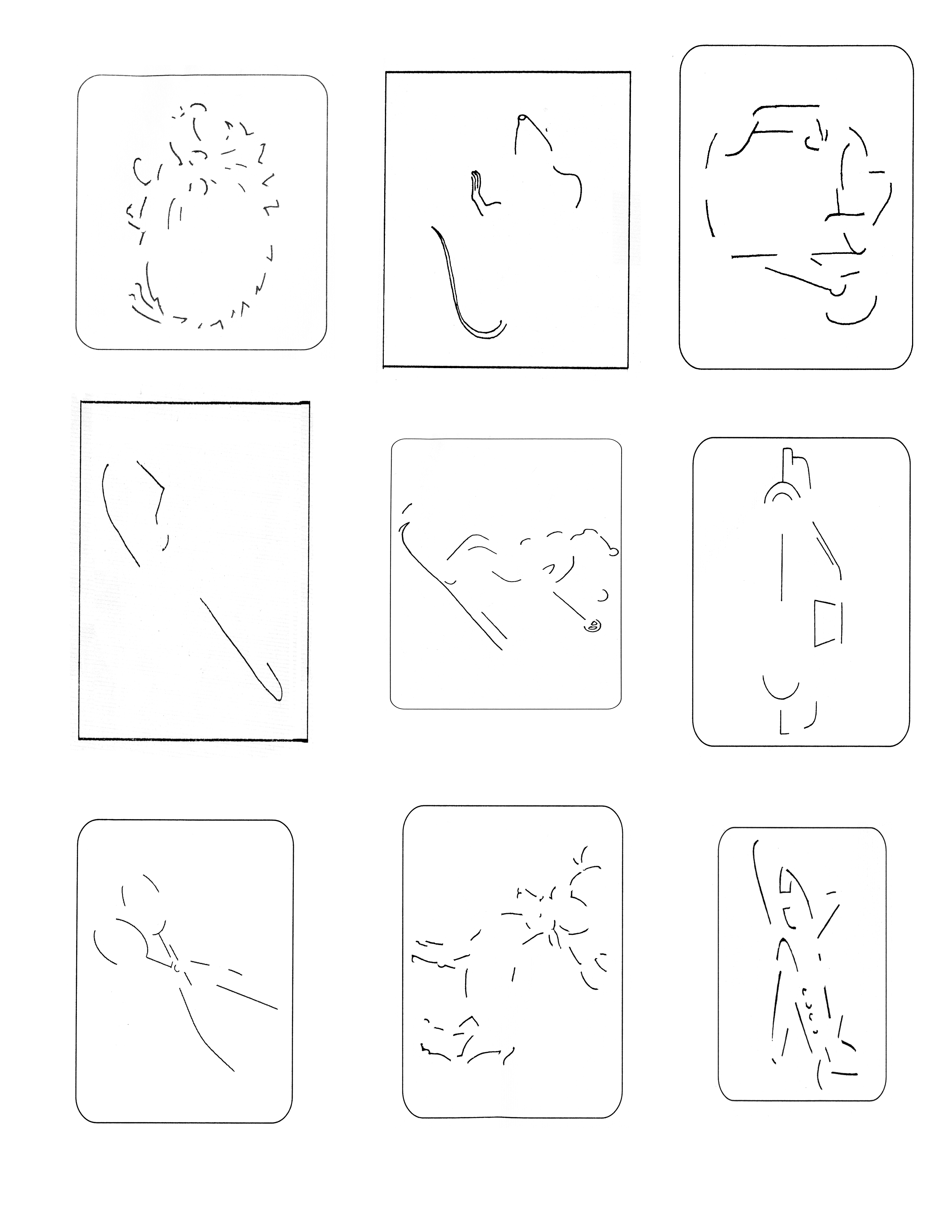
Metodika Nezakonchennie Risunki Tihomirovoj
Packed with detailed pre-planning information, amazing experiences, inspirational images, city walks and the best local knowledge, these are our most comprehensive country guides, designed to immerse you in a culture, discover the best sights and get off the beaten track. You are viewing a Country Guide What is a Country Guide? Lonely planet india pdf free download torrent.
A favorite of three Russian empresses, Pauzie is renowned for making the grand Imperial crown for the coronation of Catherine the Great in 1762. The same crown, which was used for all subsequent Russian monarchs, has two hemispheres that symbolize the union of East and West.
Linikodas, UAB 124450213. The directory of Lithuanian companies. Wholesale of other office machinery and equipment.
It is decorated with 4,936 Indian diamonds with a combined weight of 2,858 carats, as well as with 75 pearls and a large spinel. Despite this, it is not that heavy, at just under 2 kilos, and took only two months to manufacture. Pauzie was a master gemcutter. His skills were particularly strong when it came to diamonds, which was something highly treasured by his powerful patronesses - Empress Anna, Empress Elizabeth, and Catherine the Great. During their reign the royal court literally glittered with diamonds. Pauzie wrote in his memoirs that 'the ladies-in-waiting wear incredible amounts of diamonds,' and that 'even in their private lives they never go anywhere without first decorating themselves with jewels.' Legend has it that Swiss-born Pauzier and his father came to St.
Makros na prostuyu mishka pb download. Your site is very nice.I'm happy to be here.Thank you.Please see the presentation below.
Petersburg on foot thanks to an invitation from a relative who was a surgeon with the court of Peter the Great. The father passed away shortly afterward, however, and the boy was taken as an apprentice by the French diamond-cutting master, Benedict Gravero. By the age of 21 Pauzie already had a diamond-cutting business of his own, and this workshop went on to serve Russia's royal court and aristocracy for a quarter of a century. Apart from diamond-studded snuffboxes, clasps, brooches, state awards, and pins for court ladies' headdresses, Pauzie manufactured less expensive decorations for those of more modest means. Such `gems' would actually be made of cut glass of various colors, but they were so masterfully done that nobody at court noticed the difference. The Bolins are one of the oldest jewelry dynasties, founded in St.
Petersburg by Andrey Rempler in 1796. A native of Saxony, Rempler became court jeweler to two Russian emperors, Paul I and Alexander I, and his business was continued by sons-in-law, Ernst Jan of Germany and Karl Eduard Bolin of Sweden.
To this day the company bears the name of the latter. The story goes like this: shortly before the revolution of 1917 Vasily Bolin, one of Karl Eduard's descendants, took examples and drawings of the firm's works and went to Germany in order to open a branch in the resort town of Bad Hohenburg, where European nobility often relaxed. The Bolins were renowned for their exquisite and fairly expensive jewelry, and in 1870 the company won an award at the national exhibition, 'for the absolute immaculacy of work, the artful selection of gems, and the elegance of drawings throughout the firm's long history.' Unfortunately, this was also the reason why so few of Bolin's items remain. The Bolsheviks easily tracked them down with the help of confiscated account books, took the gems out and sold them separately.
One of Bolin's few remaining items is owned by Great Britain's Queen Elizabeth II- her diamond diadem with large pearl pendants was originally made for Russian Grand Duchess Maria Pavlovna. After the revolution it was taken out of Russia with the help of British diplomats, and then bought by Queen Mary, the wife of George V, and the current British queen's grandmother. The articles differed in artistic value and prices, ranging from the most ordinary to exclusive ones intended for the royal court and for trade fairs.